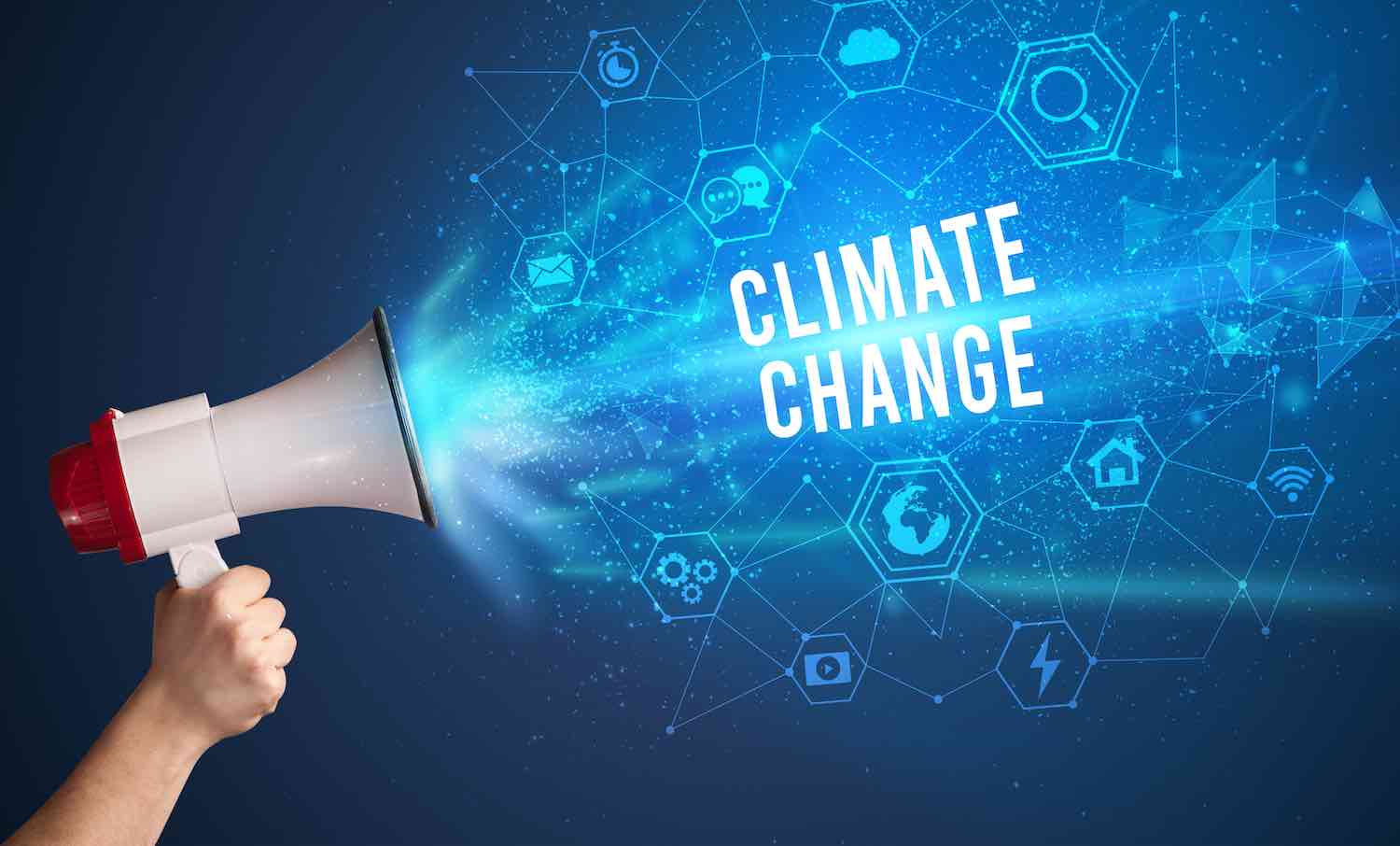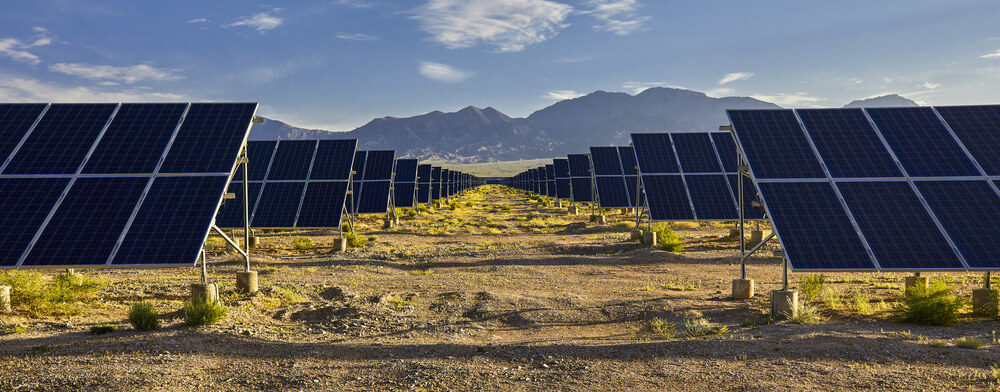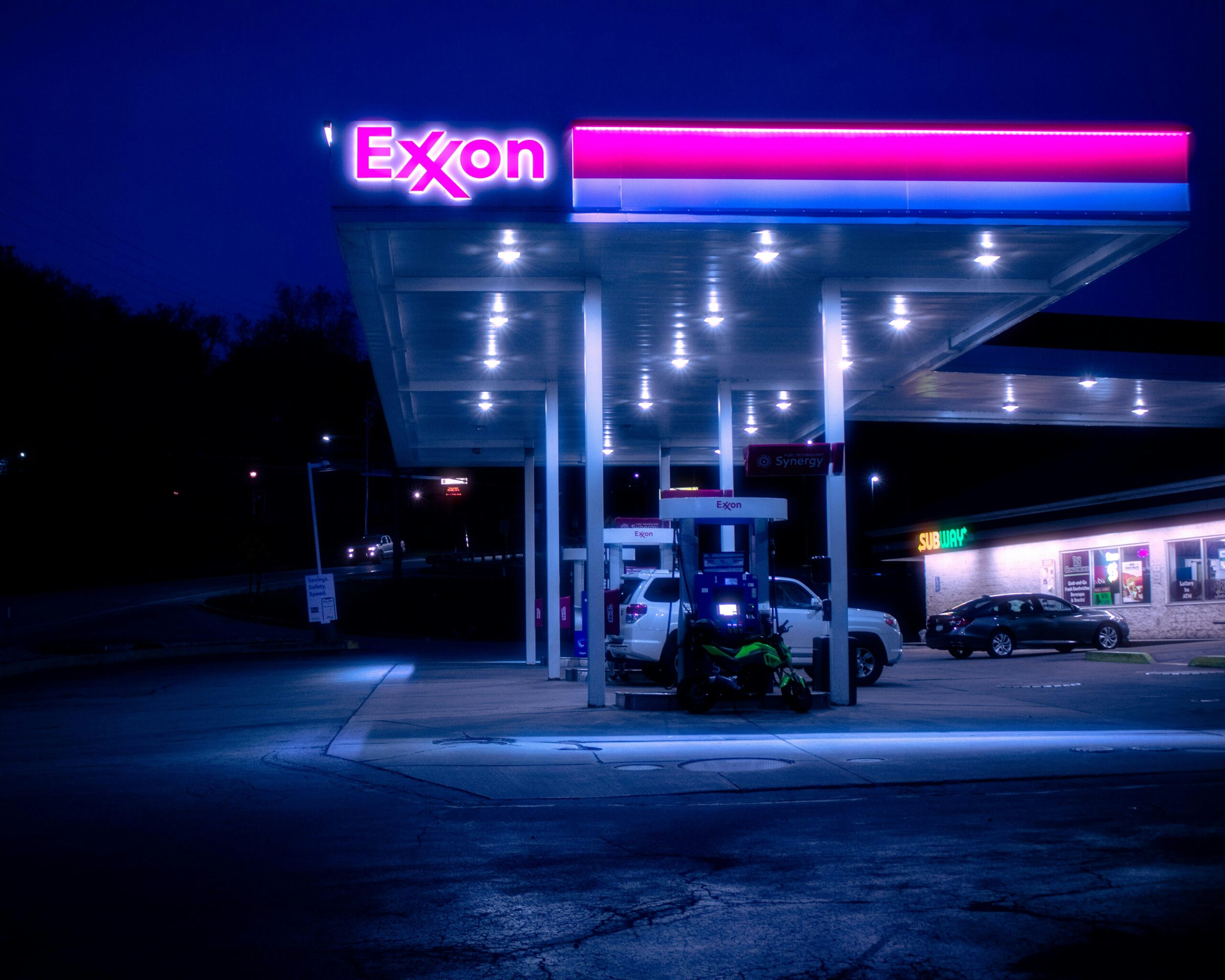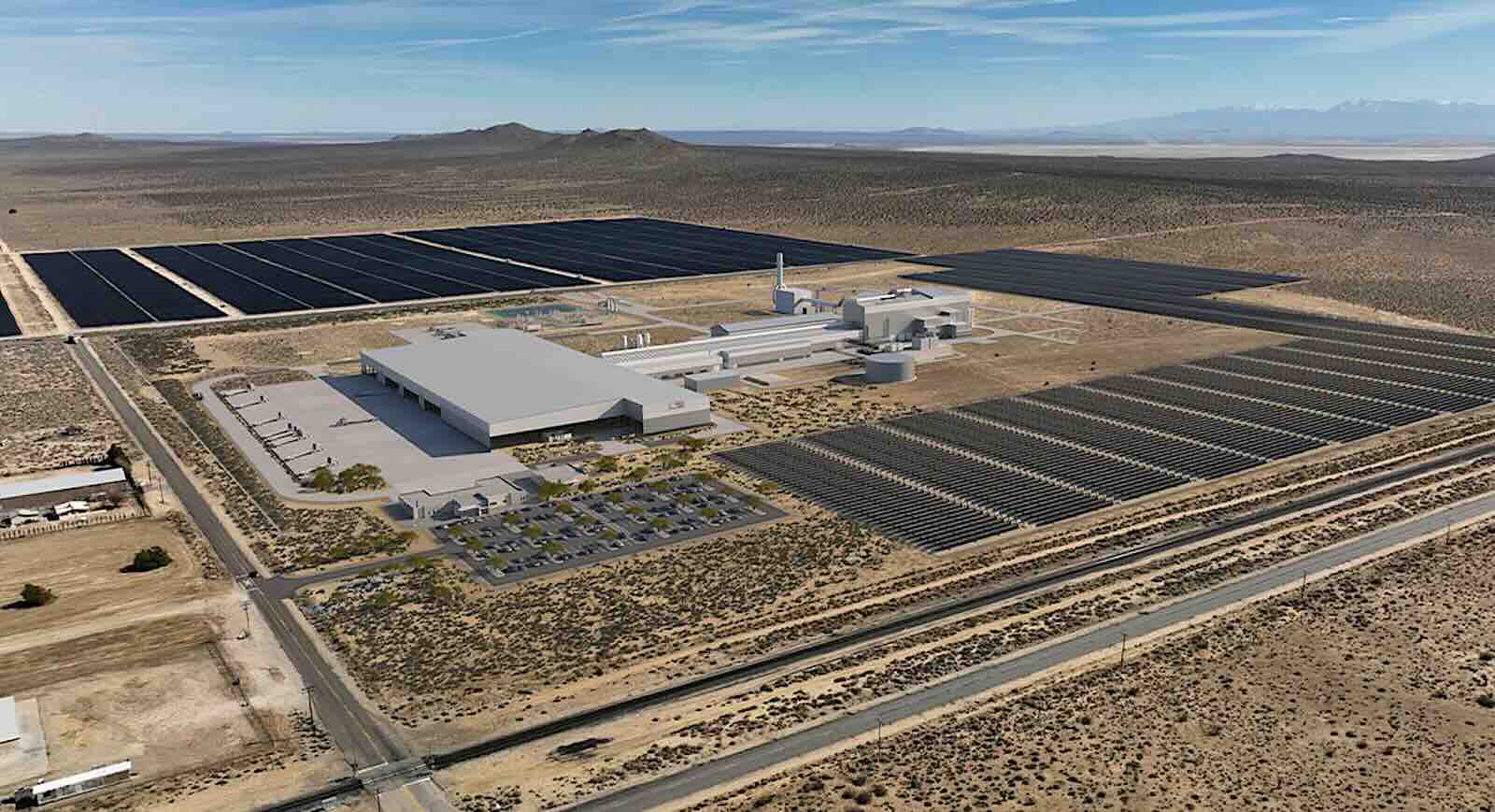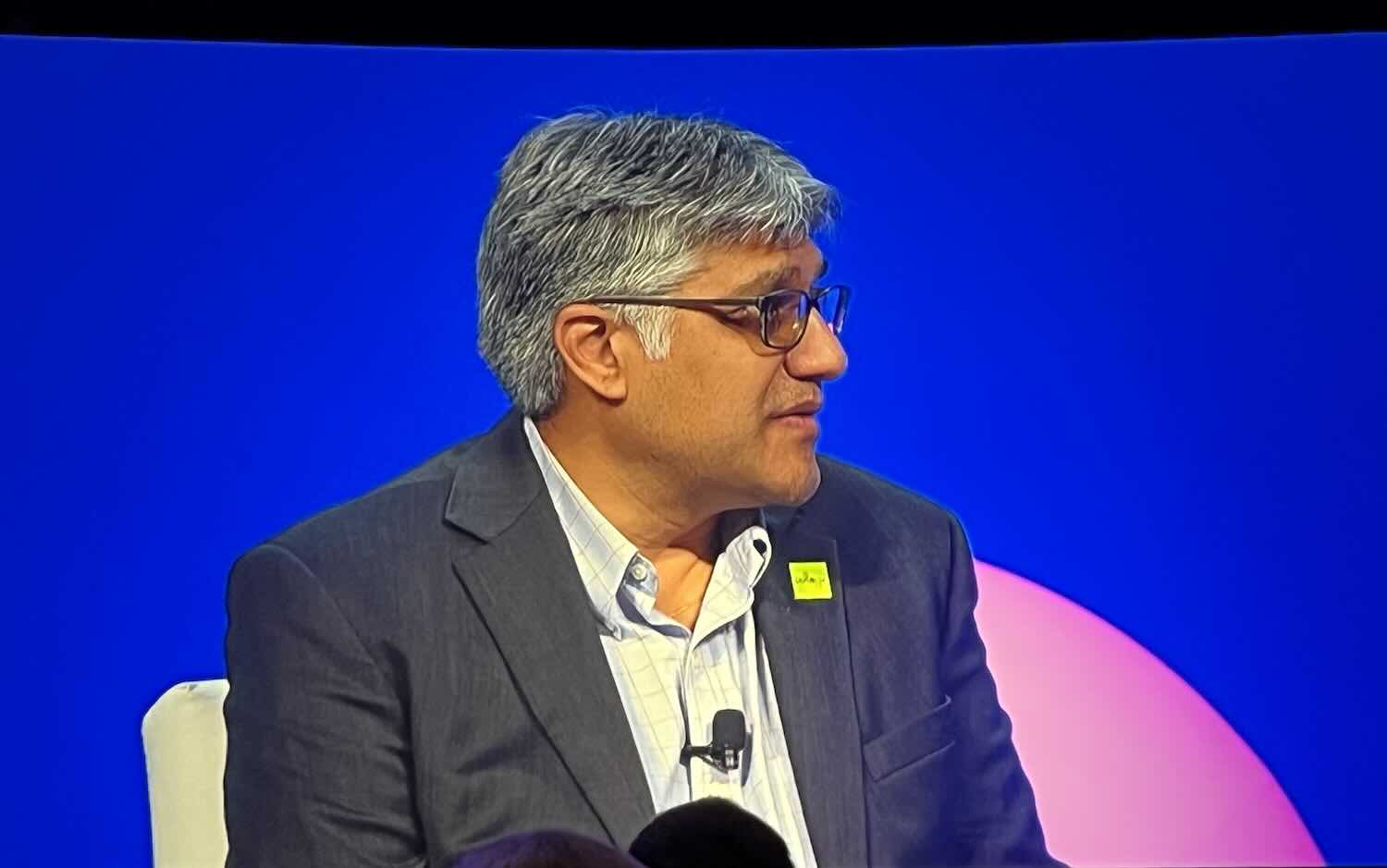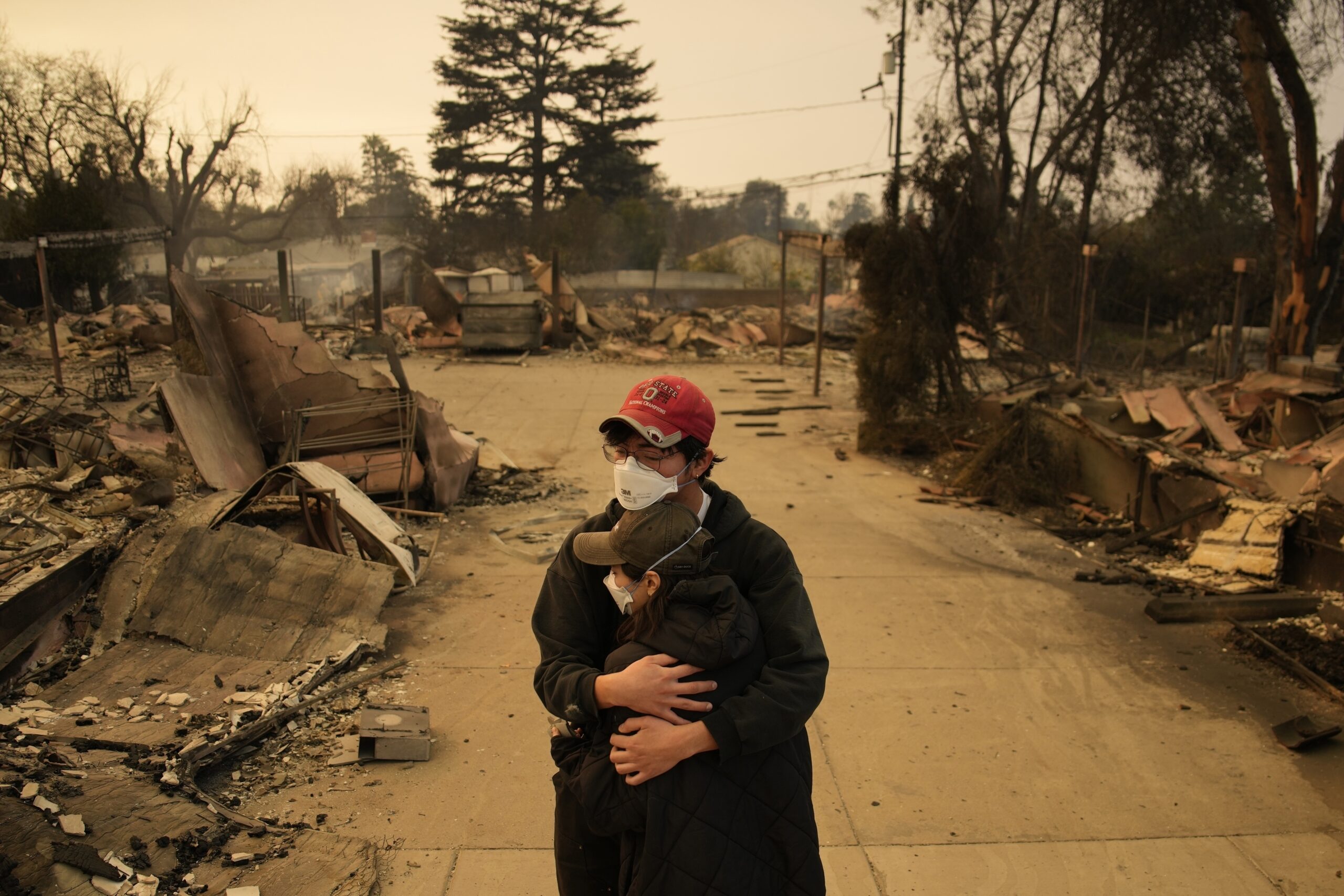ImpactAlpha, Jan. 4 – If 2021 was the year of net-zero pledges, 2022 could be the year of Scope 3 accounting for companies’ supply chains and end-use emissions. The fuller accounting gives investors a better picture of risks, such as regulations on high-emission products and shifts in consumer demand. Beware: Fossil fuel companies like to stress “carbon intensity,” a measure of efficiency, rather than absolute emissions reductions.
ImpactAlpha’s glossary of key climate terms can help you keep your scopes straight and make sense of the jargon.
Carbon neutral or net-zero. The goal of removing as much carbon dioxide from the atmosphere annually as you put in. That may involve a combination of emission cuts, carbon capture and carbon offsets purchased privately or via a regulated marketplace.
Global Carbon Law. Experts say global carbon dioxide emissions must reach net-zero by 2050 in order to limit planetary warming to 1.5 degrees Celsius above pre-Industrial levels and stave off catastrophic effects of global warming such as sea levels rises and species die-offs. To reach net-zero by 2050, emissions need to decrease by 7% every year until 2050 – a compounding reduction that has been called the Global Carbon Law.
Zero carbon. The ideal scenario of emitting no carbon at all (eliminating the need for offsets or carbon capture). For example, a carbon-zero building would be entirely powered by renewable energy and produce no emissions.
Negative carbon. The removal of CO2 from the environment via reforestation, soil carbon sequestration and other natural carbon sinks or via emerging carbon capture technologies. Microsoft, for example, has declared it will be carbon negative by 2030, and by 2050 will remove from the environment all the carbon the company has emitted either directly or by electrical consumption since it was founded in 1975.
Scope of emissions. The Greenhouse Gas Protocol is a widely used accounting tool for government and business leaders to understand, quantify, and manage greenhouse gas emissions. It categorizes a company’s greenhouse gas emissions into three groups, or scopes:
- Scope 1. Direct emissions from owned or controlled sources, for example, a company’s facilities and operations.
- Scope 2. Indirect emissions from the generation of purchased energy, such as electric and gas.
- Scope 3. All emissions that occur in a company’s value chain, including both upstream and downstream emissions. Scope 3 is typically the largest part of a company’s carbon footprint, encompassing purchased goods and services, transportation and distribution, the processing of products sold, product usage by customers, waste and investments. For example, an oil company’s Scope 3 emissions would include those emitted from the tailpipes of its customers’ gas-powered cars.
Carbon intensity. The amount of carbon by weight emitted per unit of economic activity, such as electricity generated or GDP. Carbon intensity is useful as a measure of energy efficiency. But by taking the focus off of absolute emissions, critics say it enables fossil fuel companies to expand their fossil fuel production and engage in greenwashing.
Climate mitigation and adaptation. The twin pillars of climate action. Mitigation refers to solutions that prevent further planetary warming, such as building more wind and solar power, greening manufacturing or capturing carbon from the atmosphere. But climate change is already wreaking havoc on the environment. Adaptation strategies, such as building sea walls or creating drought-tolerant crop varieties, help communities become more resilient in the face of a changing climate.
Carbon offsets and credits. The purchase of emissions reductions to offset, or compensate for, emissions generated elsewhere. For example, a company that has pledged to be “net zero” might purchase credits from a farmer sequestering carbon in soil through regenerative practices, or from a climate tech company such as Climeworks that captures greenhouse gasses from the air. These transactions can take place through regulated ‘cap and trade’ carbon markets (usually referred to in this context as carbon allowances) or via voluntary carbon markets.
Carbon offsets are not a substitute for absolute emissions reductions, and have been attacked as greenwashing by critics. But as part of a broader transition strategy they can help companies reduce their carbon footprints as they figure out how to tackle hard-to-decarbonize challenges.
Offtake agreements. Advance agreements by corporations or other entities to make large future purchases of a product or service, like EVs or carbon offsets. A form of catalytic capital, such advance purchase agreements guarantee demand for innovative products and mitigate the risk for producers and investors.



